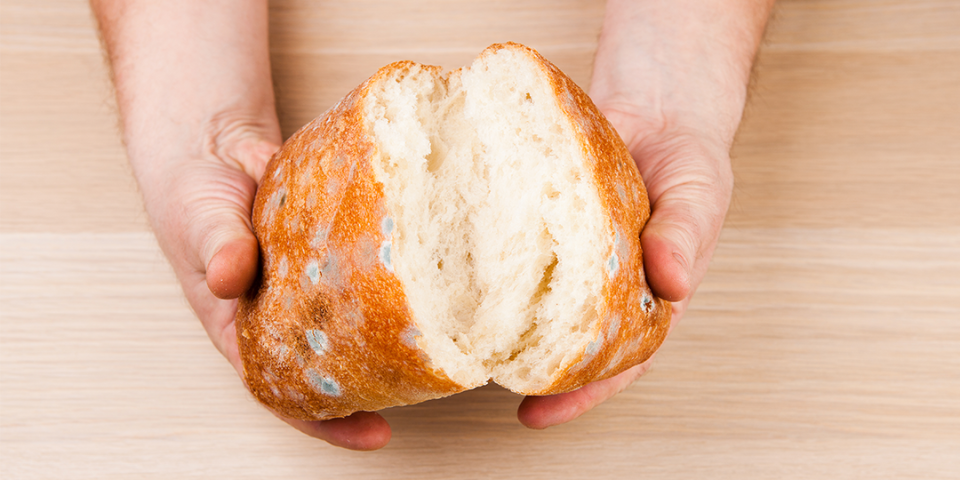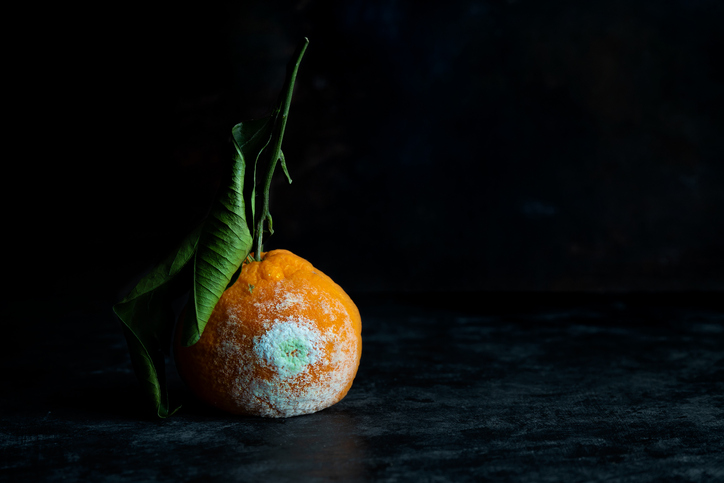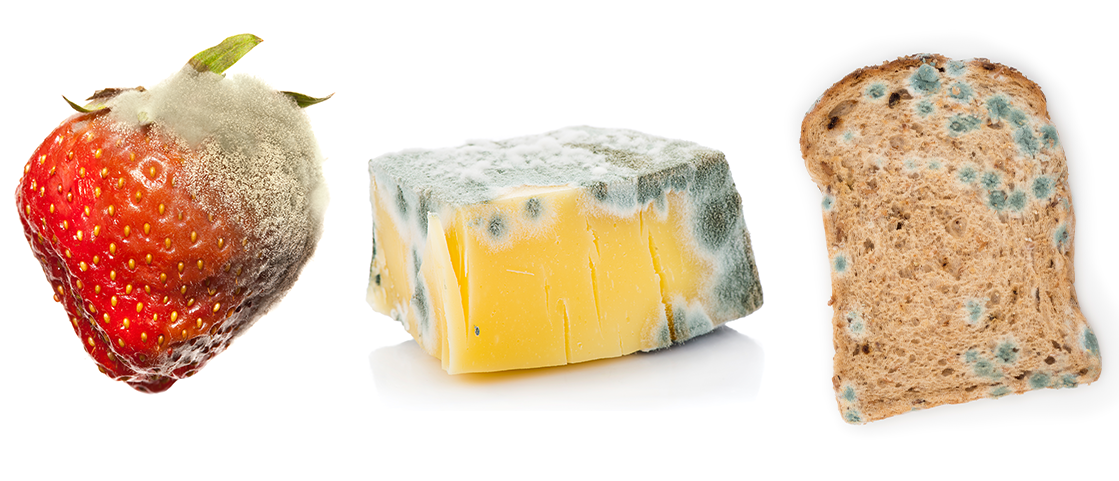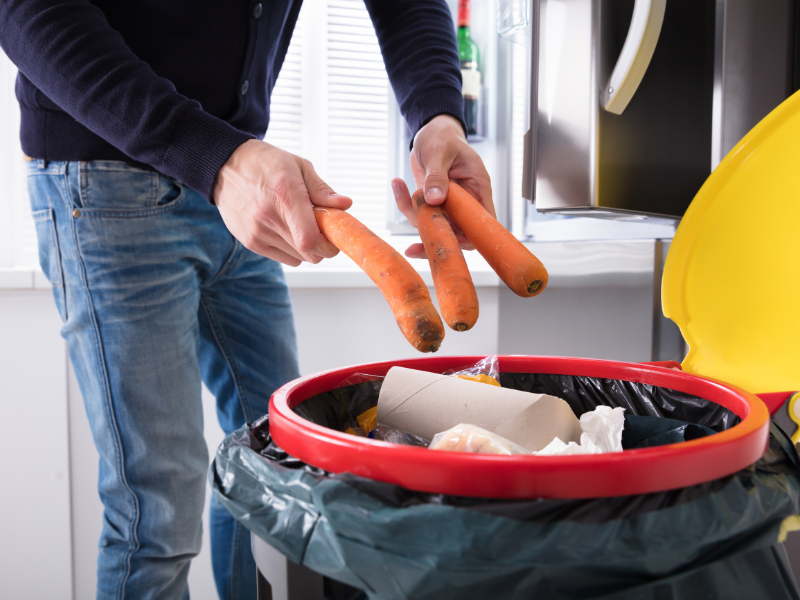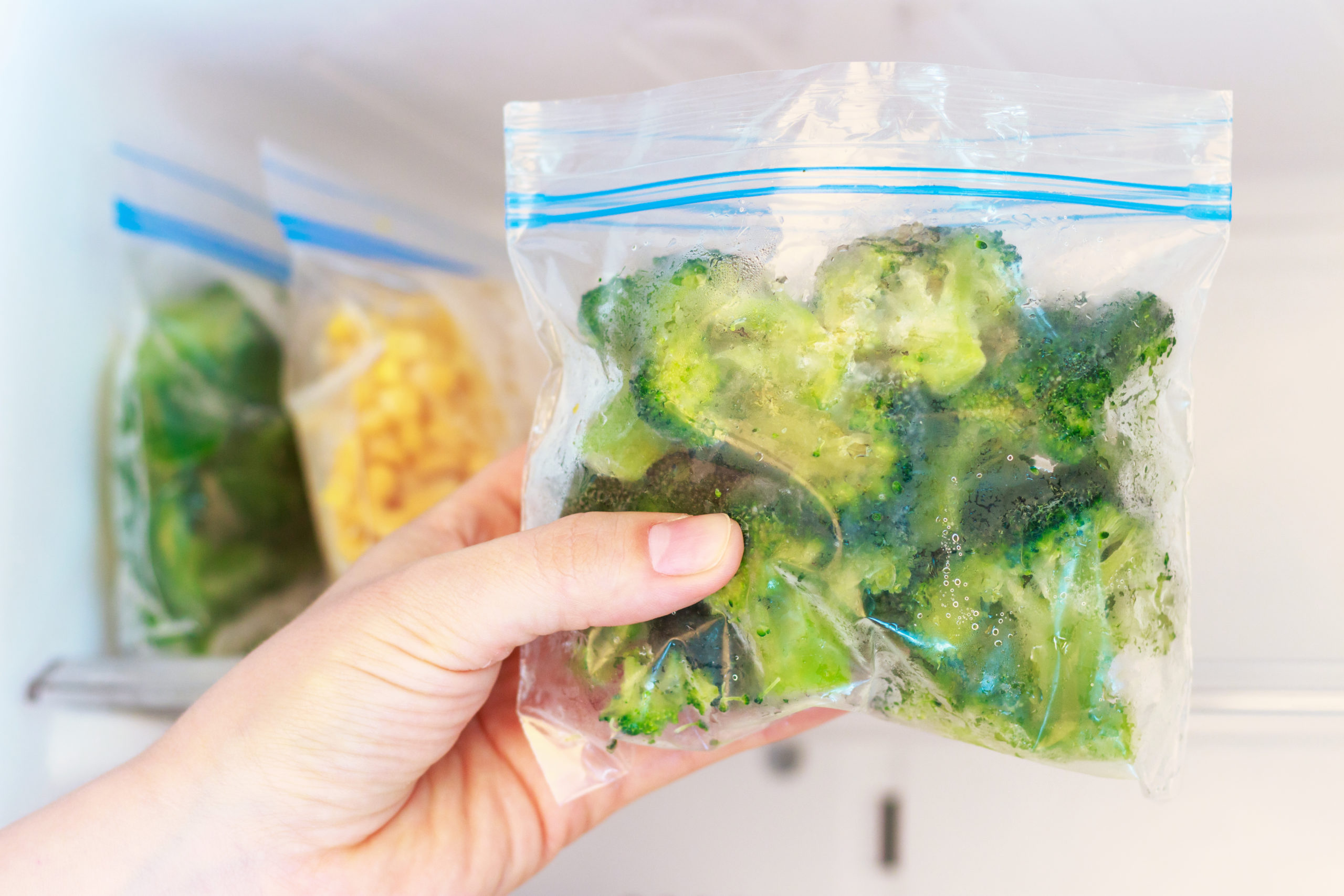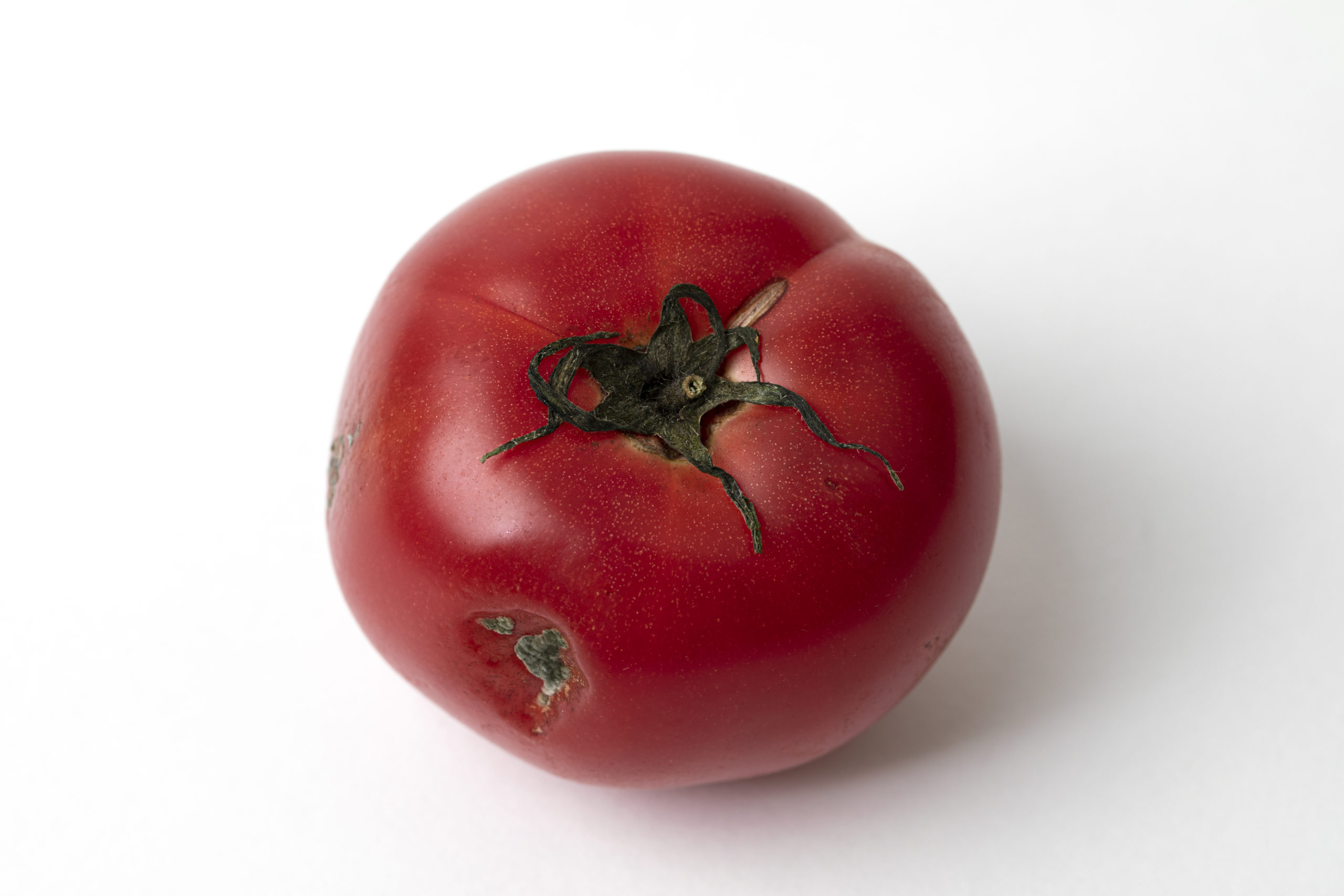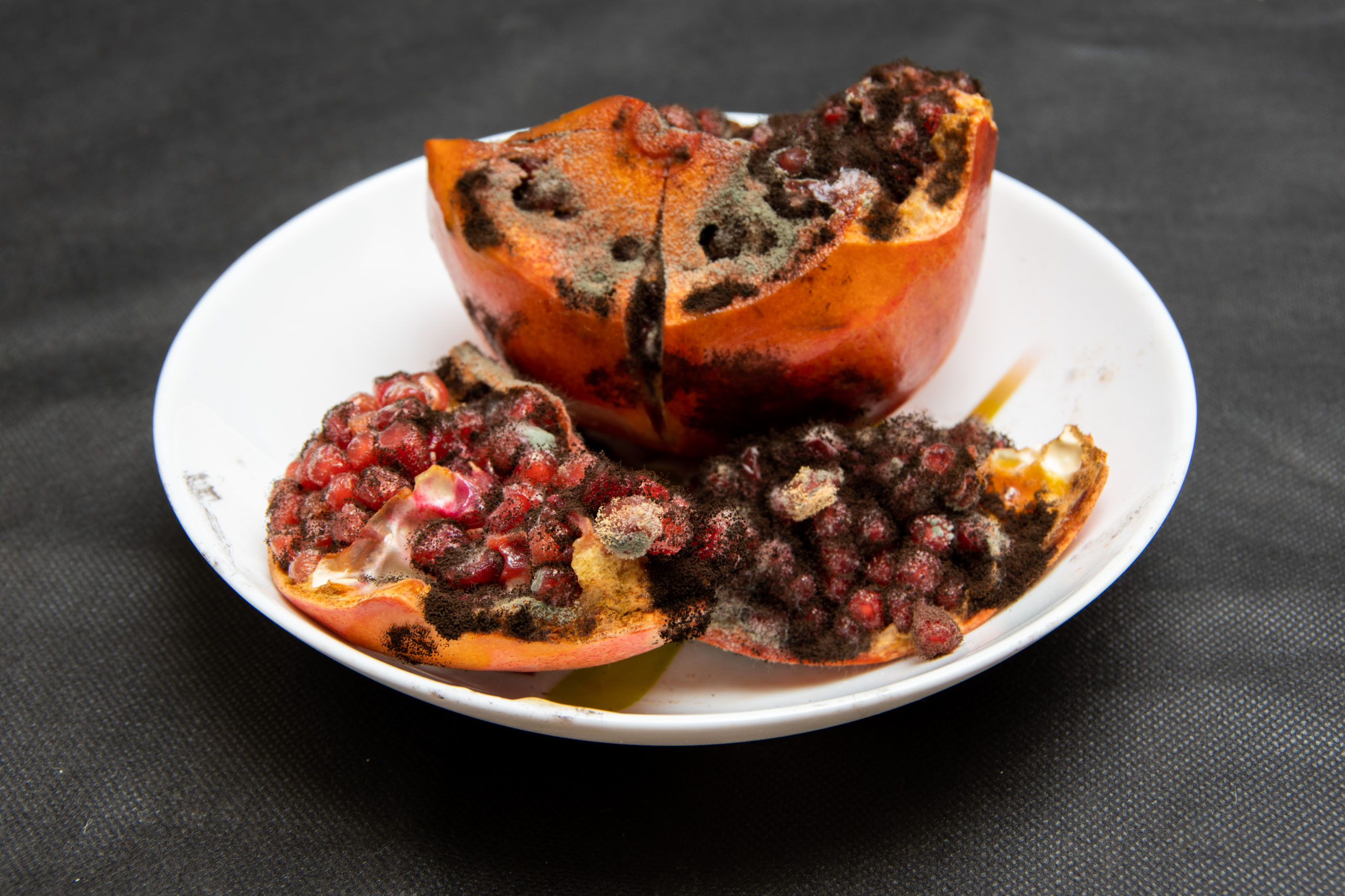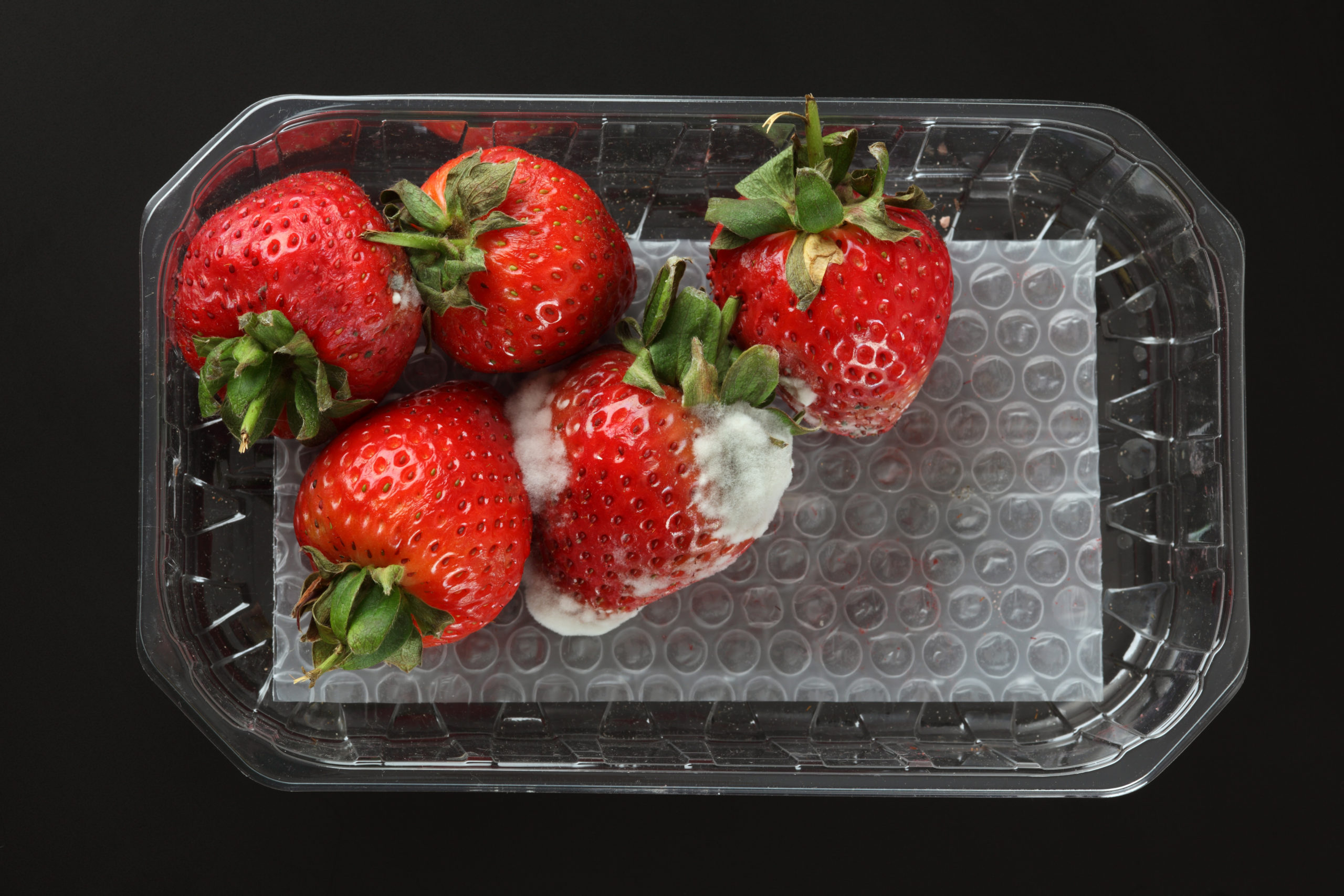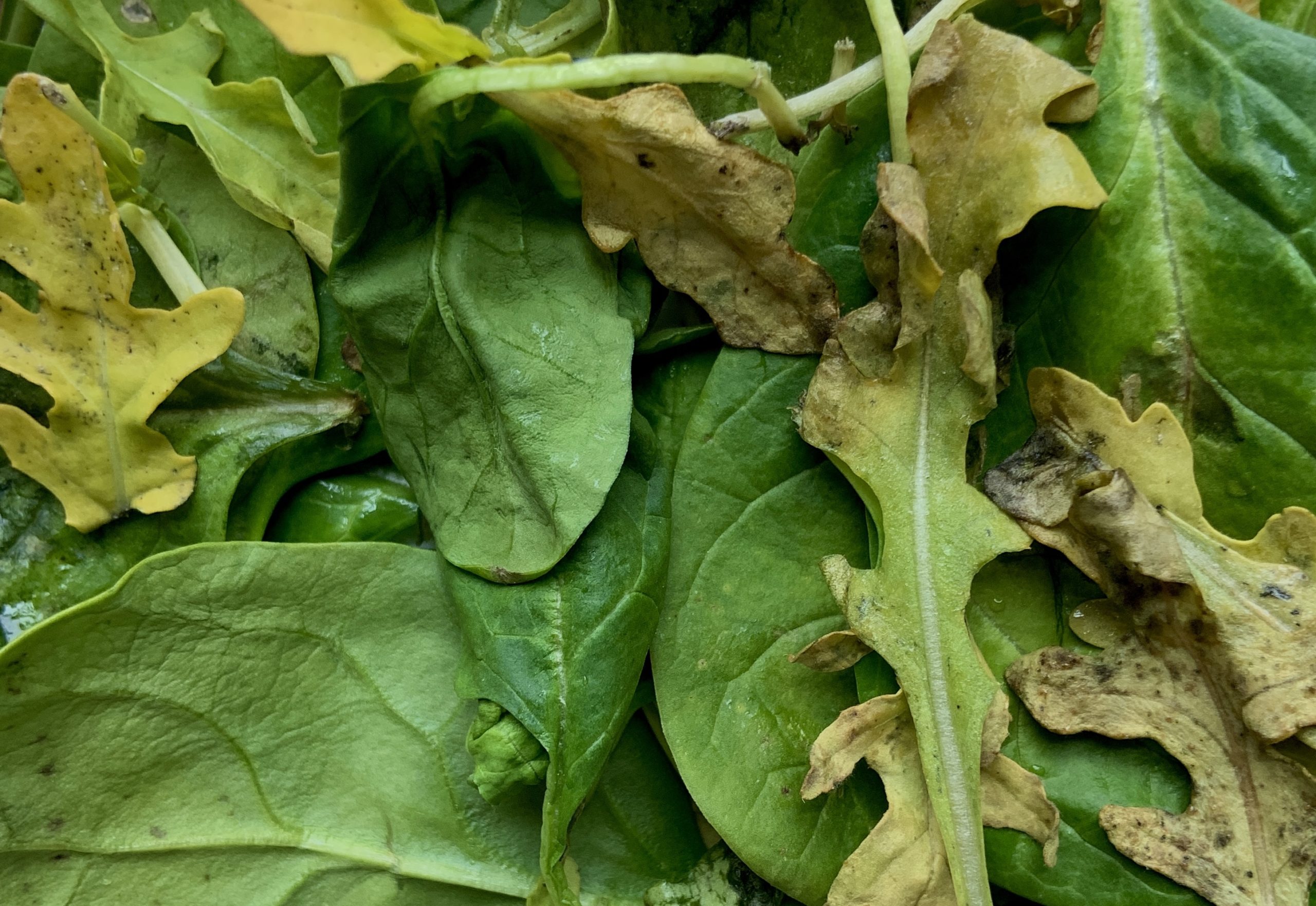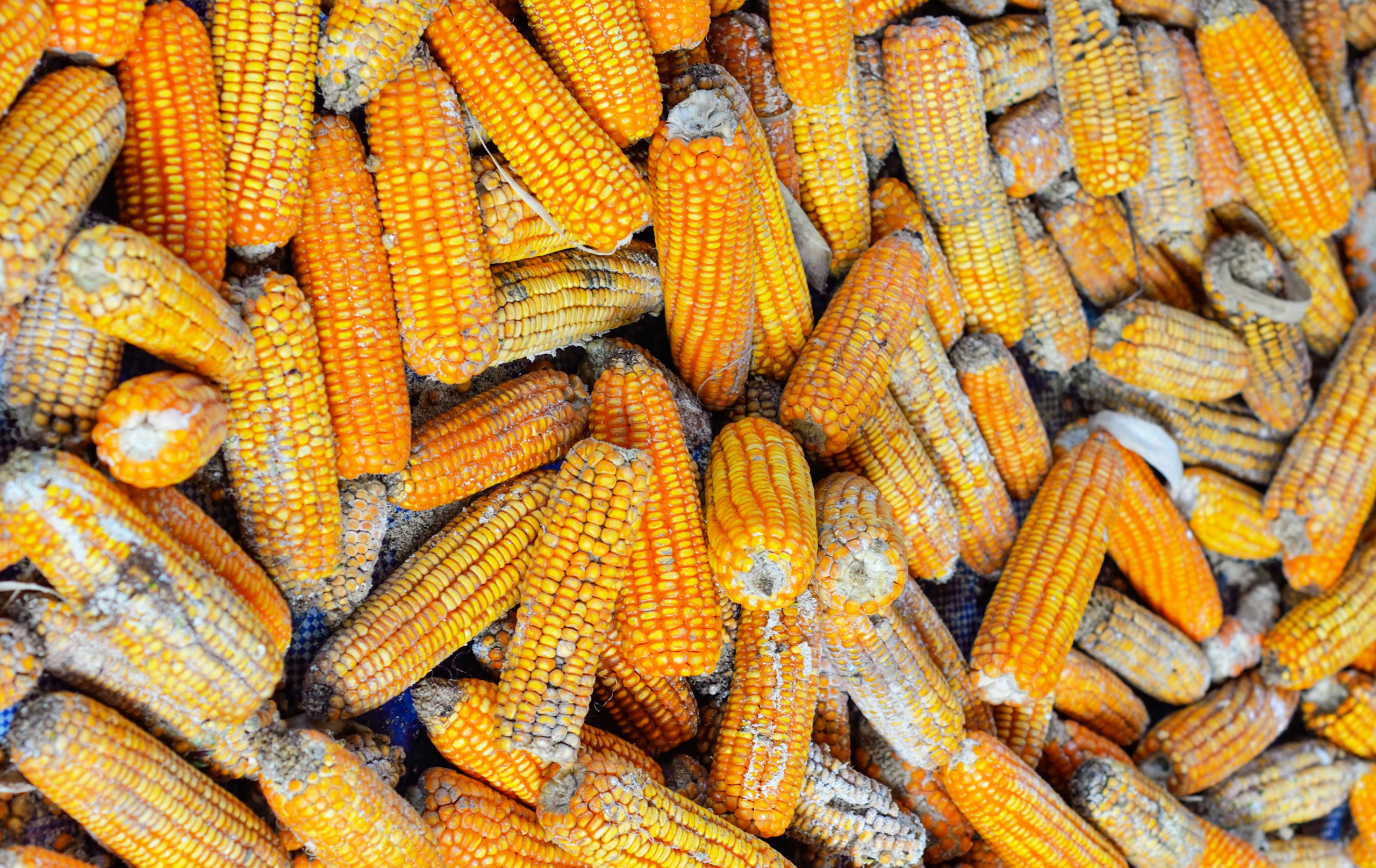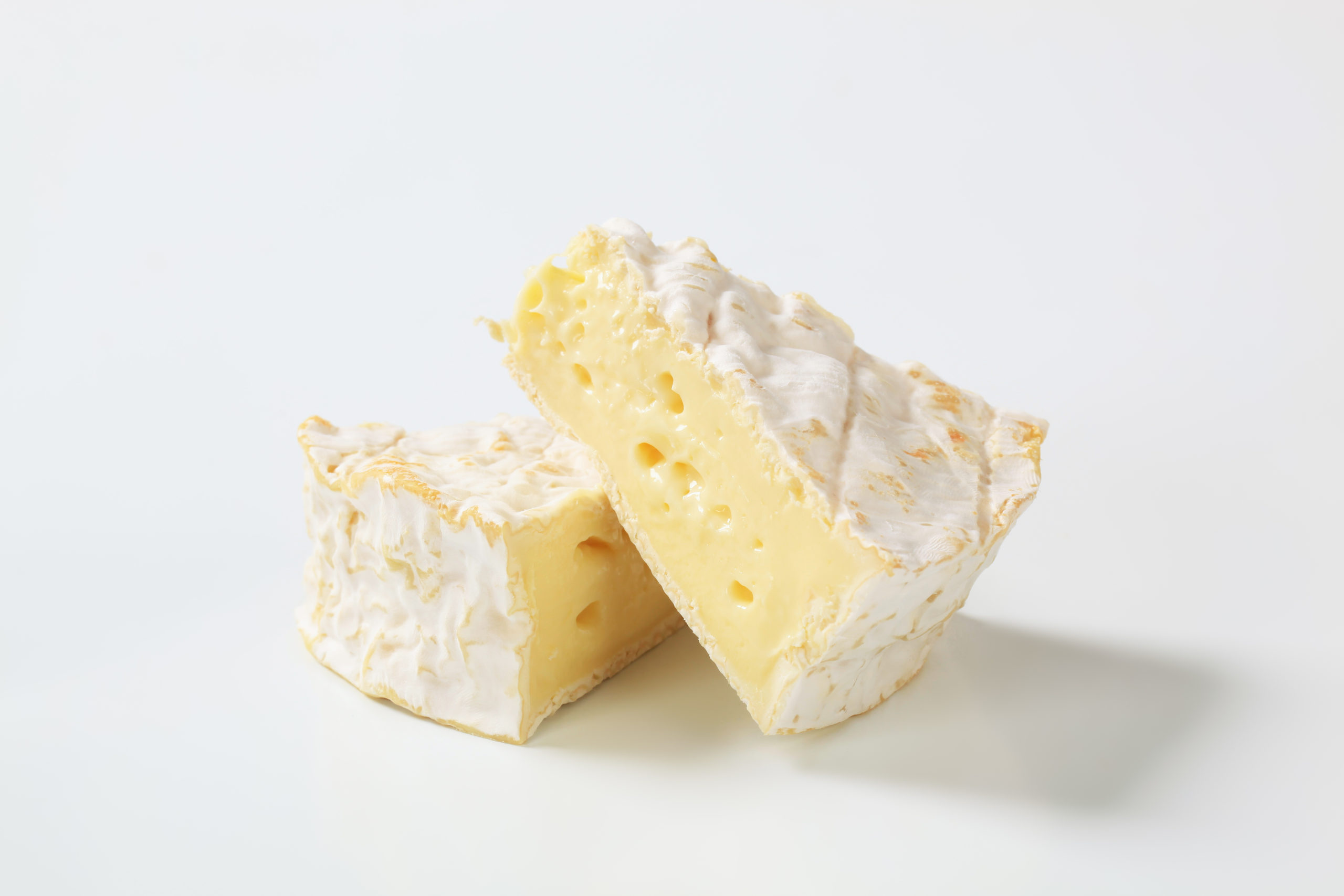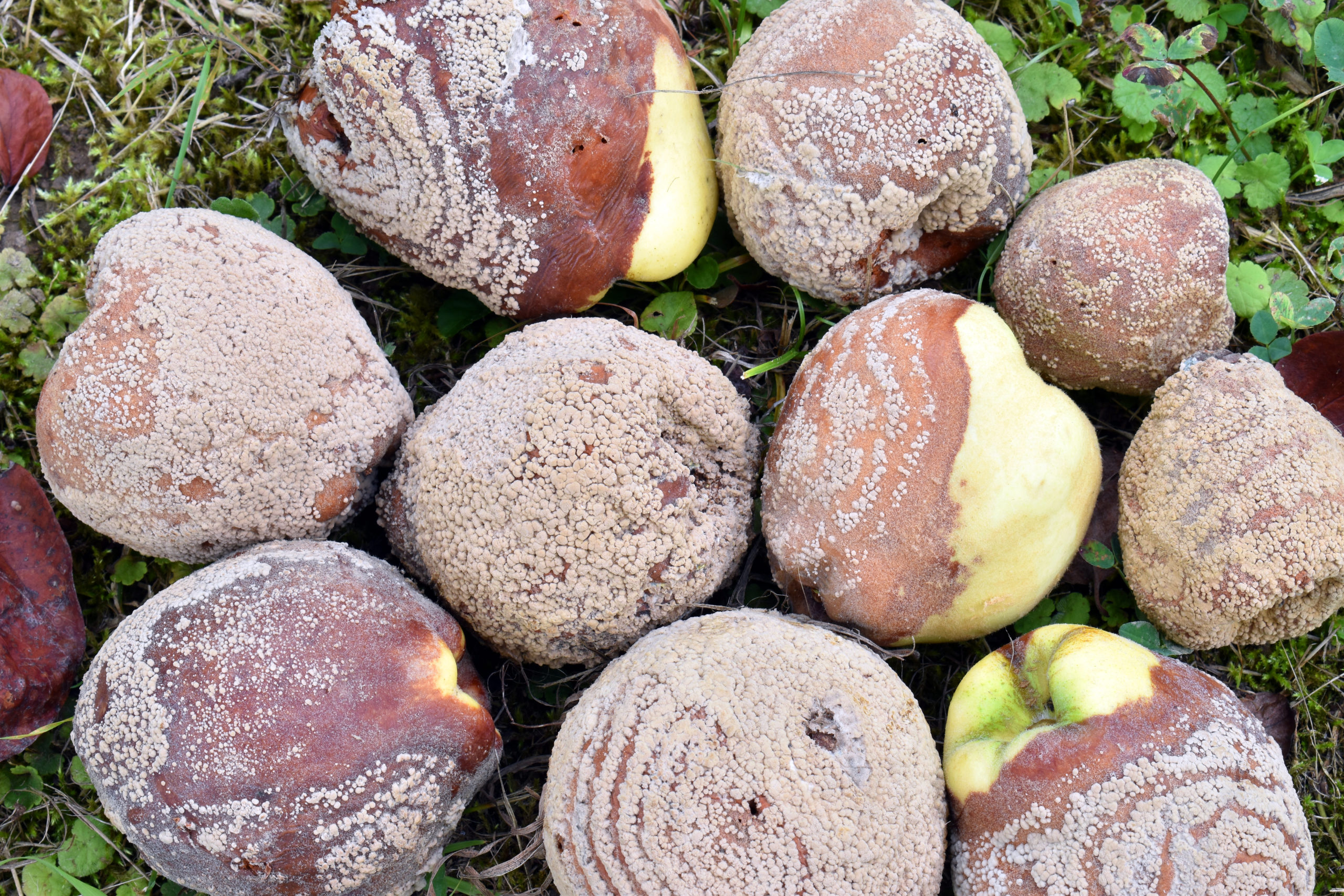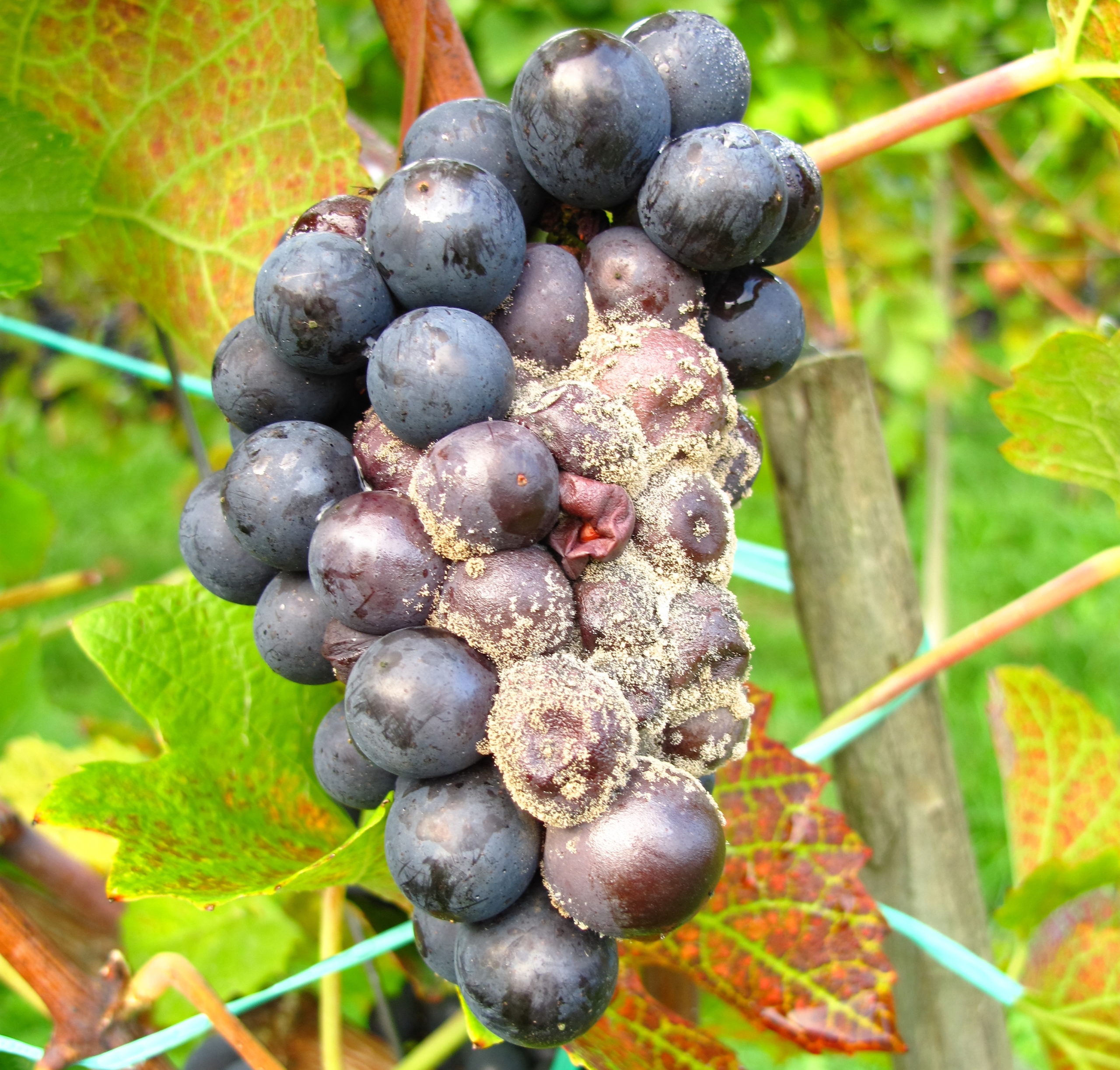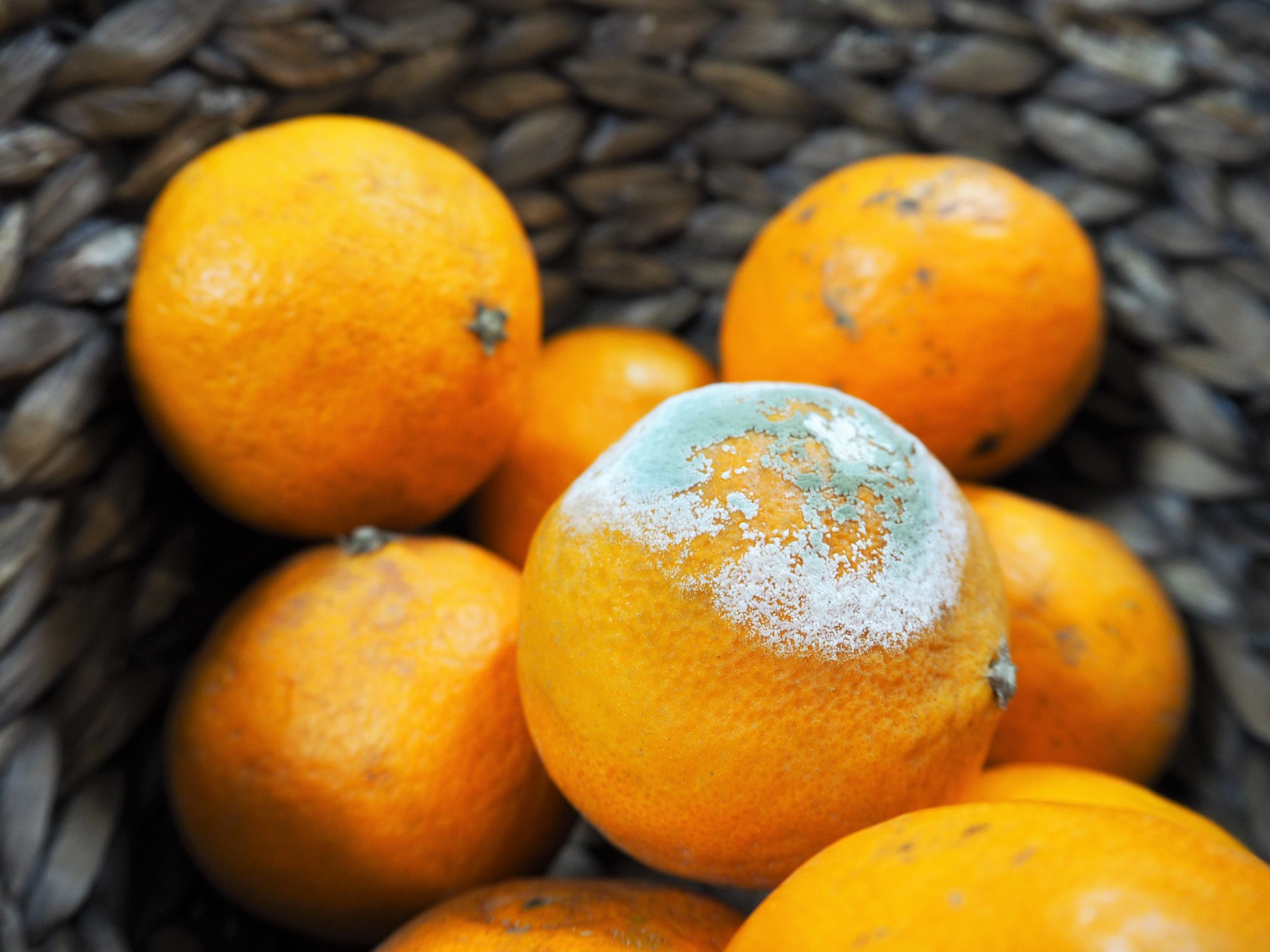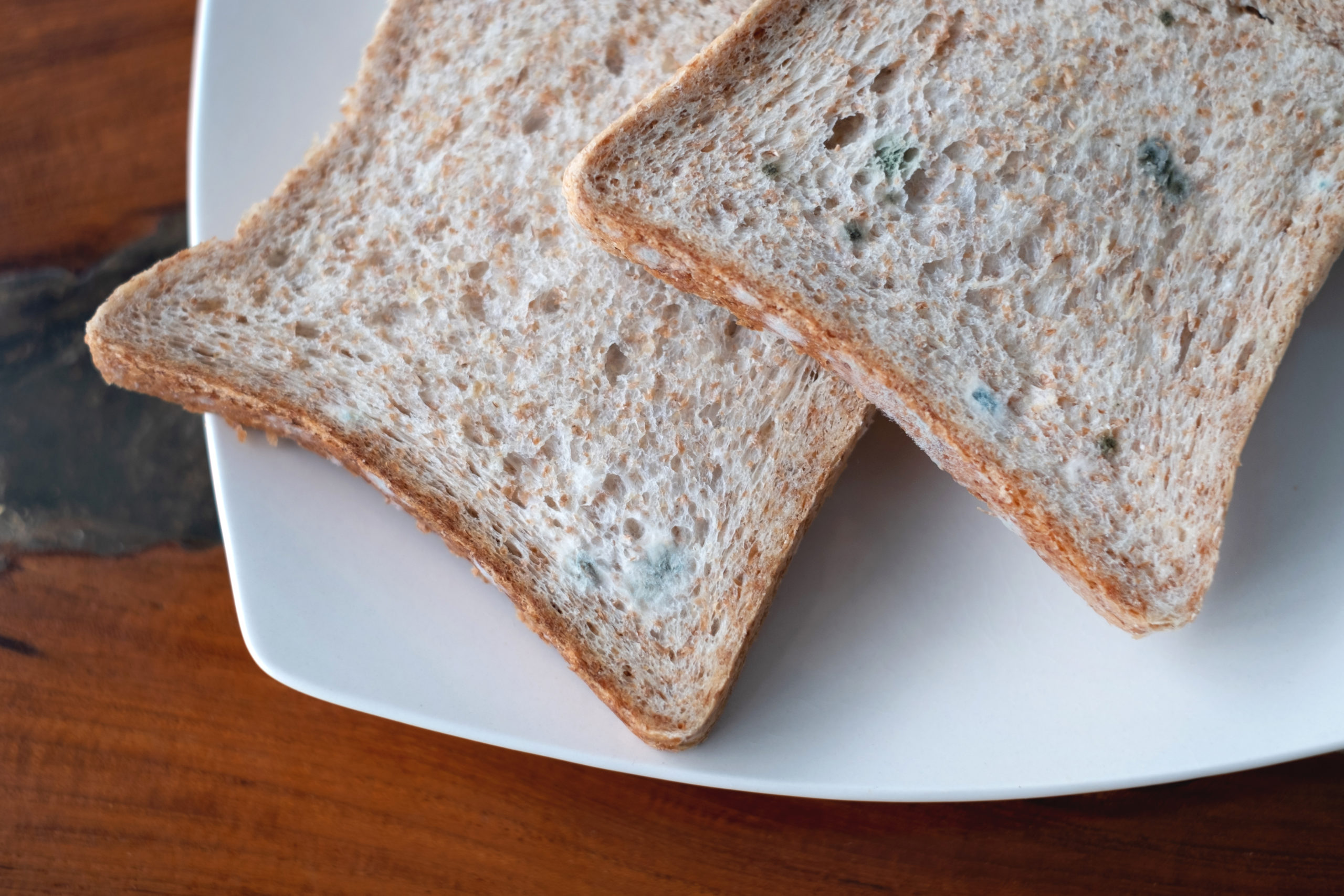You’ve most likely come throughout some moldy meals that appears salvageable: that piece of bread with a spot of mould, or that pepper with mossy seeds. And what about moldy cheese? Is that fit for human consumption?
Let’s break it down.
What Is Mildew and What Causes It?
Molds are fungi that stay on crops and animals, and so they reproduce by forming mould spores which can be carried by air, water, and bugs. When meals goes unhealthy, it’s usually due to mould, which might make meals look, scent, and really feel “off.”
Although gross, mould is Mom Nature’s method of recycling meals waste by breaking down natural matter and returning it to the atmosphere.
In case you see patches of fuzzy inexperienced, white, grey, or black rising in your meals, that’s possible the mould forming thread-like buildings large enough to see with the bare eye.
“When meals isn’t saved correctly or eaten in time, the mould can actually thrive,” says Brittany Crump, MPH, RD at Savor Diet.
So be sure you examine meals earlier than bringing it dwelling. It could have been saved in temperatures that foster development and could also be moldy already.
Mildew prospers in heat, damp, and humid circumstances. In truth, mould grows finest at room temperature, however might be killed at temperatures as little as 140 levels F.
Is It Secure to Eat Meals With Mildew on It?
How unhealthy is it to eat moldy meals? That relies on the meals.
“Essentially the most conservative selection is to throw meals away in the event you see any mould on it,” advises Crump. “Understand that this is applicable to once you see precise mould development and doesn’t apply to easily stale or previous meals.”
In different phrases, that wrinkled bell pepper remains to be fit for human consumption.
What occurs in the event you eat moldy meals?
Molds can definitely make you sick, and a few molds are harmful since they will trigger allergic reactions and respiratory issues.
The mould itself can carry micro organism, additional elevating the meals security danger. Some molds may even produce toxins; the 2 commonest are:
- Mycotoxins: a substance toxic to people and made by molds generally discovered on grains, nuts, apples, and a few juices
- Aflatoxins: a selected mycotoxin that may trigger most cancers and is discovered on corn and peanuts
Are you able to kill mould by cooking it?
Since molds die round 140-190 levels F, you would possibly surprise in the event you can merely cook dinner off moldy tomatoes and veggies. It’s not really helpful.
The mycotoxins produced by molds are heat-tolerant and might nonetheless stick round to make you sick.
What Meals Are Susceptible to Mildew?
Molds can develop on most meals, particularly if moisture is current. They love rising on meals with excessive water content material, so meals liable to molding are:
- Fruits like peaches, grapes, strawberries, blueberries, lemons, oranges, apples, and so forth.
- Greens like tomatoes, carrots, bell peppers, corn, cucumbers, and so forth.
- Cheeses together with delicate cheeses like cottage cheese, cream cheese, ricotta, and so forth., and tougher cheeses like cheddar, Parmesan, Swiss, Colby jack, and so forth.
- Bread from delicate, pre-sliced varieties to dryer varieties like rye, baguettes, sourdough, and so forth.
- Meats saved method over the expiration date, akin to deli meats, bacon, hotdogs, and so forth.
What Meals Ought to You Throw Away?
Relying on the moldy meals, the USDA recommends both throwing it away or conserving it for consumption as long as you observe secure practices. Meals that the USDA recommends throwing out usually have excessive water content material.
In case you see mould, there are sometimes micro organism rising together with it. For delicate or porous meals like bread, mould can simply contaminate beneath the floor, making it troublesome to rescue.
In case you see mould on these meals, positively throw them within the trash:
- Luncheon meats, bacon, hotdogs
- Leftover cooked meat or poultry
- Cooked casseroles, grains, pasta
- Discard delicate cheeses akin to Brie and Camembert in the event that they comprise molds that aren’t part of the manufacturing course of
- Mushy cheeses
- Crumbled, shredded, or sliced cheeses
- Jams and jellies (mycotoxin might be current)
- Peanut butter, legumes, nuts
- Yogurt or bitter cream
- Bread and baked items
- Mushy fruit and veggies
Moldy meals you’ll be able to nonetheless use
In line with Crump, “When you see mould on meals, likelihood is good the mould has additionally contaminated beneath the floor, although not all the time.”
So long as you observe the secure dealing with pointers, it’s nonetheless attainable to devour these meals even in the event you see mould:
| Meals | Dealing with Pointers | Why |
| Onerous salami or dry-cured hams | Scrub mould off the highest of the meals. | Meals is shelf-stable, and floor mould is anticipated. |
| Onerous cheeses and onerous cheeses made with mould (Gorgonzola, Stilton) | Minimize an inch round and beneath the place you see mould, and watch out to not contact the knife into any moldy space, otherwise you danger contamination. | Mildew can’t contaminate deeply beneath the floor of onerous cheeses. |
| Agency fruit and veggies (cabbage, bell peppers, carrots) | Minimize an inch round and beneath the place you see mould, and watch out to not contact the knife into any moldy space, otherwise you danger contamination. | Agency fruit and veggies have decrease water content material, and it’s tougher for the mould to infect deeply beneath the floor. |
That will help you resolve which meals to throw away or maintain, observe these pointers by the USDA.
How Ought to You Deal with Moldy Meals?
After recognizing a moldy meals that you will need to throw away, observe these tricks to safely eliminate the moldy offender:
- Don’t sniff the meals since mould and spores can result in respiratory points.
- Cowl the moldy meals in plastic wrap or a paper bag and take it to the trash.
- Clear the world the place the meals was saved.
- Examine meals close by to see in the event that they’ve additionally developed mould.
Can You Stop Mildew From Rising on Meals?
To counteract mould, we flip to freezing, drying, canning, and pickling meals. However, mould spores are all over the place — as soon as your meals is open and uncovered, there’s no telling the place they’ll land.
To forestall mould from rising, attempt to restrict the meals’s publicity to mould spores by following these suggestions:
- Masking leftovers with plastic wrap
- Emptying unused meals from cans into lidded storage jars
- Refrigerating leftovers inside 2 hours and consuming leftovers inside three to 4 days
By storing meals correctly and by shopping for affordable portions of meals all through the week, you’ll be able to maintain meals mould below management and cut back meals waste.
In case you want extra steering, learn these recommendations on tips on how to plan, prep, and retailer meals for the week.
What Forms of Mildew Develop on Meals?
Listed here are among the most frequent kinds of meals molds, based on the USDA:
1. Alternaria
A black mould discovered on overly ripe tomatoes that may trigger delicate, sunken spots.
2. Aspergillus
Also called “fruit rot,” this mould grows from throughout the fruit.
3. Mucor
A fuzzy mould discovered on ripe or broken berries; the chilly doesn’t gradual them, which is why you generally nonetheless see them on refrigerated strawberries.
4. Cladosporium
A mould that causes leaf spots on leafy greens like spinach.
5. Fusarium
A mould that may develop on corn (each meals and feed) and produce type of mycotoxin, which might trigger or worsen respiratory issues.
6. Geotrichum
A standard white mould discovered on ripened, delicate cheese and different dairy merchandise.
7. Monilia
A mould present in delicate fruits and can even produce purple bread molds.
8. Botrytis
A fuzzy, grey mould that grows on fruit and veggies.
9. Penicillium
A mould discovered on many kinds of meals, together with cereal, bread, garlic, cheese, nuts, and fruits; their presence can set off allergic reactions in some folks.
10. Rhizopus
A grey, fluffy mould usually tinged with blue and yellow that may produce black spores; it’s frequent on previous bread however can even develop on fruits.

